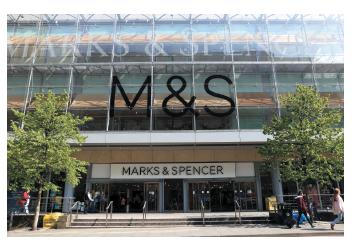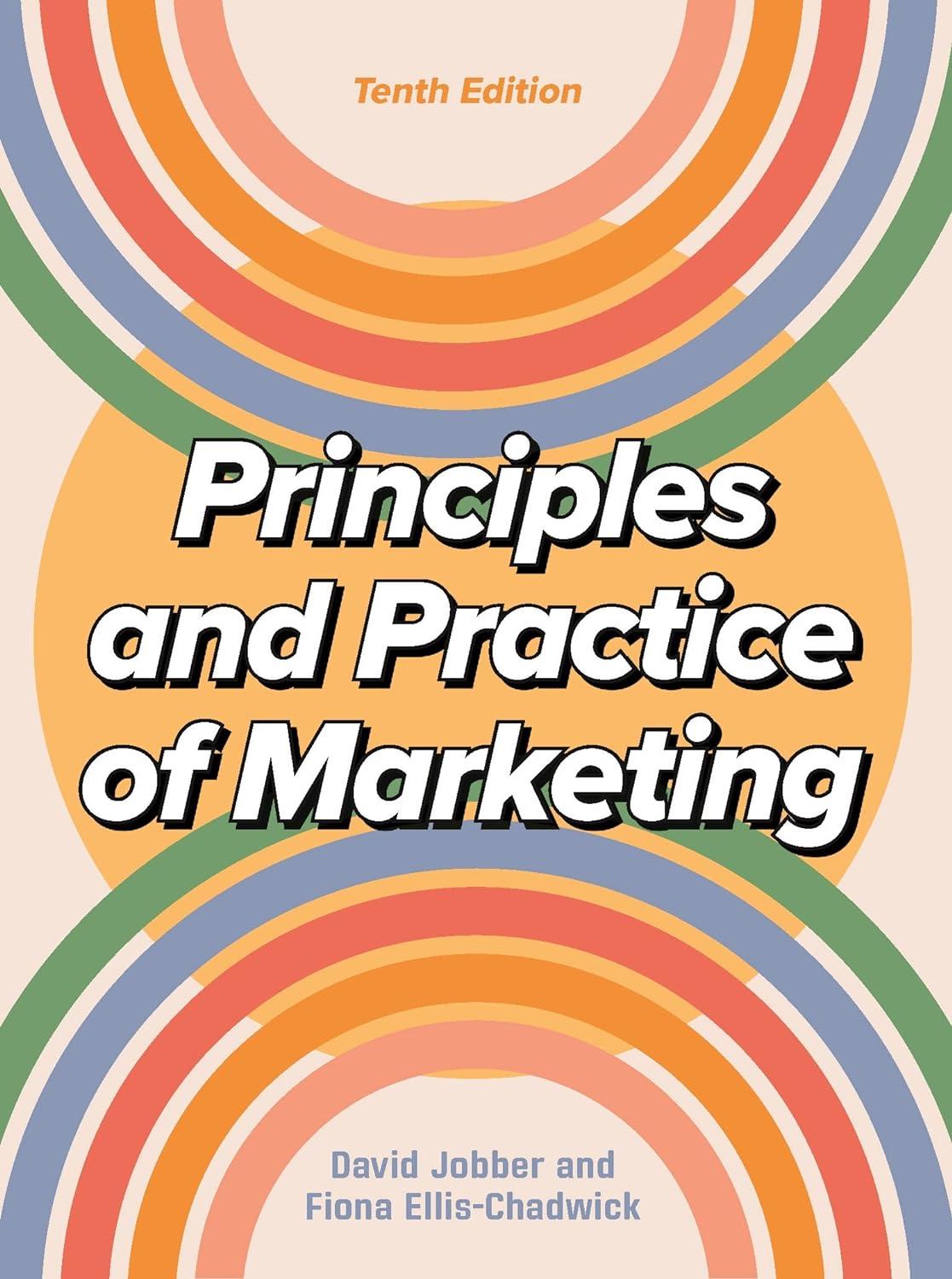Marks & Spencer (M&S) was founded in 1884 when Michael Marks, a Polish refugee, opened a market
Question:
Marks & Spencer (M&S) was founded in 1884 when Michael Marks, a Polish refugee, opened a market stall in Leeds. In 1894, Marks went into partnership with Thomas Spencer, a former cashier from wholesale company Dewhirst, and in 1904 Marks & Spencer opened its first shop, selling a range of general goods (Marks & Spencer 2022). Over more than 100 years, the M&S name has grown and evolved, with M&S becoming a public company in 1936.

M&S is often viewed as a quintessentially British brand. As one the UK’s leading retailers, it sells homeware, food and clothing to the masses. One of the elements that makes the retailer so unique is that it has remained consistent with its corporate image while, at the same time, continuously evolving. The retailer has always had a clear vision for the brand, which concentrates on bringing quality to British consumers. Over the years, the retailer has had to deal with many changes in its internal and external environment, which have impacted on its business operations. The M&S customer has evolved, but M&S hasn’t always kept up with its customers’ changing needs. Some would argue that the retailer has lost its competitive edge and has failed to respond adequately to new entrants into the marketplace (Hodgson 2017). The retailer has also survived recessions and has had to adapt to growing environmental concerns, social and cultural changes and technological advances. M&S responded to these growing environmental and social concerns by launching ‘Plan A’ in 2007, which was its way of helping to build a sustainable future by being a business that enables its customers to have a positive impact on well-being, communities and the planet through everything it does (Calnan 2020). More recently, M&S has reset Plan A on its mission to become a net zero business across their entire value chain by 2040. Through Plan A, M&S is working with its customers and suppliers to combat climate change, reduce waste, use sustainable raw materials, trade ethically and help customers to lead healthier lifestyles (Mace 2021). In terms of economic factors, the UK’s decision to leave the EU has had an impact on the retailer’s European business amid complex red tape, which has led to the axing of 11 French high-street stores (Armitage 2021). This has left people wondering whether M&S will continue to be a formidable presence on the high street in future years.......
Questions
1. Conduct a marketing audit of M&S. Which aspects of the marketing environment do you think have the greatest impact on M&S’s business?
2. The development of Plan A is M&S’s response to changing social and environmental concerns. Visit the retailer’s website and learn more about its Plan A 2025 commitments. Comment on how Plan A differs from the retailer’s five-year turnaround plan.
3. Identify the main challenges that M&S is facing. Comment on how the retailer’s five-year turnaround strategy and the ‘Never the Same Again’ plan are addressing these.
4. Perform a SWOT analysis of M&S. On the basis of your analysis, outline the recommendations you would make to the retailer.
Step by Step Answer:

Principles And Practice Of Marketing
ISBN: 9781526849533
10th Edition
Authors: David Jobber, Fiona Ellis-Chadwick





